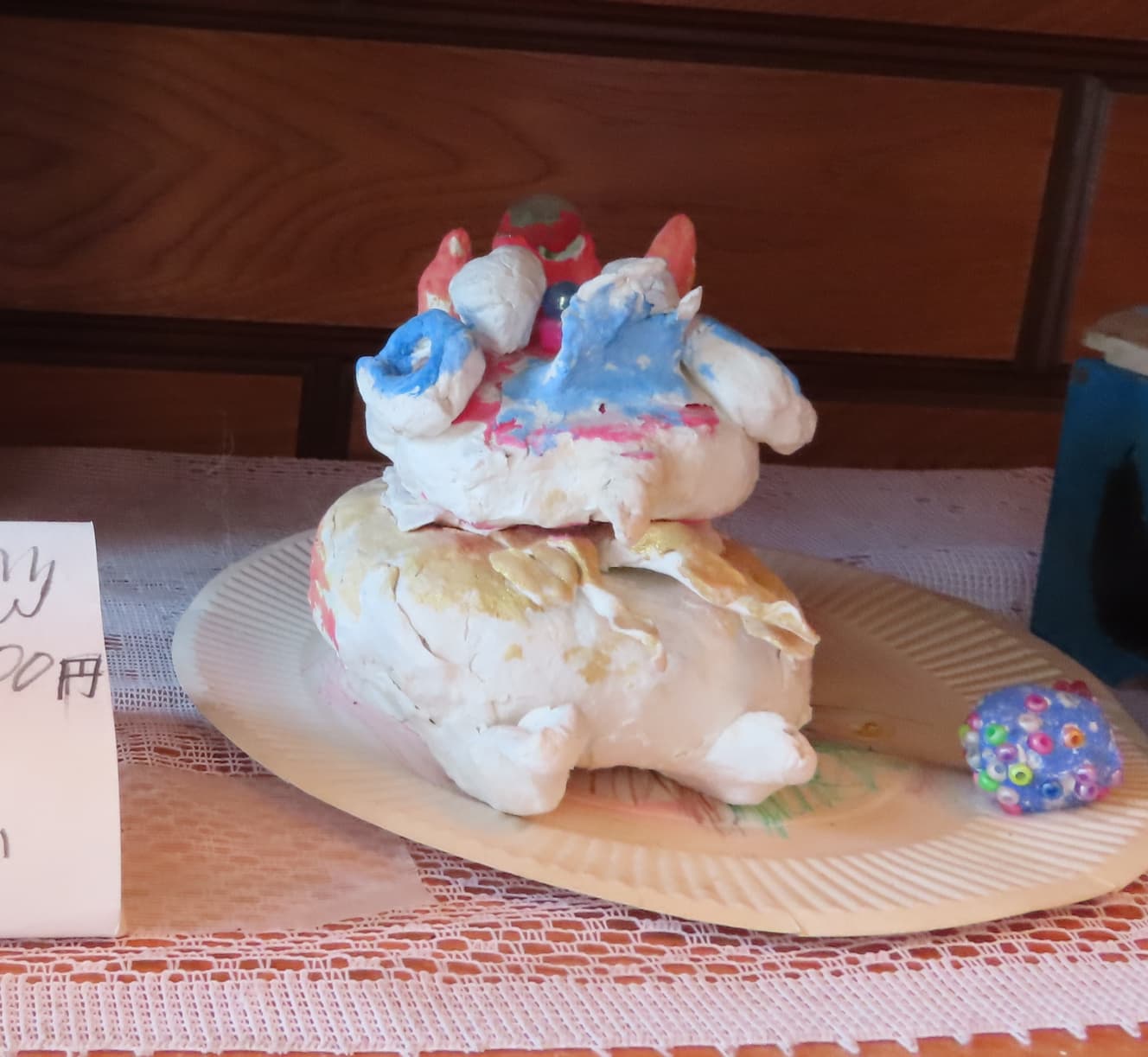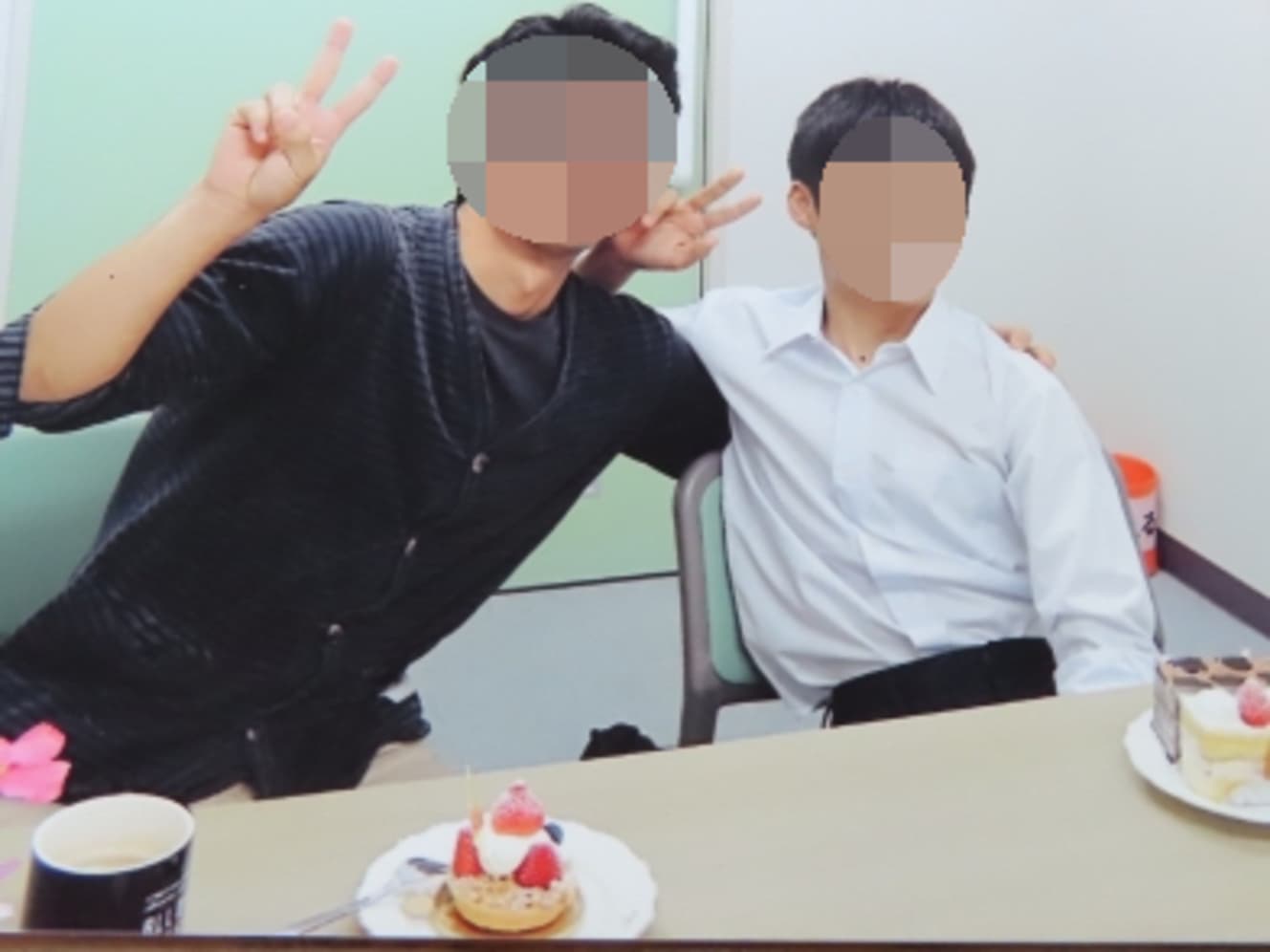Violence and Sexual Abuse by Brother…Boy Stabs 21-Year-Old Woman to Death: “Refracted Childhood
Nonfiction writer Kota Ishii delves into the depths of Japanese society!
The heinous murder took place on August 29, 2008, in the middle of summer, at Mark’s Fukuoka Momochi, a large shopping mall in Fukuoka City.
It was around 7:30 p.m. on a Friday, the last weekend of summer vacation, and the shopping mall was crowded with many customers. On the first floor of the shopping mall, a scream of pain and distress suddenly echoed through the air.
It was a 15-year-old boy in his third year of junior high school who emerged from the women’s restroom where the murder took place. In his hand was a knife (about 18.5 cm long) covered in blood, and his arms and clothes were also covered in returning blood.
The boy did not run away, but walked slowly, looking around, when he spotted a nearby parent and child, a 39-year-old mother and her 6-year-old daughter.
He suddenly ran, mounted the girl and tried to cut her with a knife he was carrying. The mother screamed.
At that moment, a man working for the fire department who was on the scene jumped in. Because of their difference in size, the boy was held down and the knife was taken from him.
The boy stopped resisting as if he had given up, and was arrested by the police officers who rushed to the scene.
He was interested in the woman.
But the crime had already been committed, and in the women’s restroom, the 21-year-old woman was covered in blood and breathless. She had been slashed over a dozen times in the back, collarbone, and arms, and the stab wounds in her neck were particularly deep.
An ambulance arrived and took the woman to Saiseikai Fukuoka General Hospital, but she was pronounced dead from hemorrhagic shock. The boy arrested on suspicion of murder admitted that he did not know the woman, and gave his motive for the crime as follows: “I was interested in her and approached her.
I was interested in the woman and approached her.
He followed her to the women’s restroom, and when he was blamed for the crime, he became angry and committed the crime.
After the news report, many people in the public voiced their condemnation and upset at the shortsighted and irrational motive for killing the boy.
However, subsequent investigations revealed that the boy had been shuffled between various institutions since he was in the third grade, and had just left a juvenile reformatory two days before the incident. The darkness in the boy’s mind was gradually revealed.
What was behind the boy’s brutal crime? We would like to focus on the boy’s childhood, when his personality was formed.

The assailant in the case, Hayato Tanizawa (pseudonym), grew up in a seaside village located at the southern tip of the Satsuma Peninsula in Kagoshima Prefecture.
Currently, only about 300 people live here, and most of the residents are either fishermen or retired senior citizens. Everyone in the community knows each other and freely goes from house to house, and the only store in the village is a small general store.
Hayato was born in 2005. His father graduated from a fisheries high school and spent a year in Indonesia before returning to Japan to work at a fish store. His mother studied at a practical nursing school and became a licensed practical nurse. She worked at a hospital.
The parents met when they were both 19 years old. When they married the following year, their first daughter was born in 1999, their first son in 2001, and Hayato four years later.
Hayato’s developmental delays were evident from the time he attended daycare, and during his 3-year-old child’s medical checkup, his hyperactivity, delayed language development, and other characteristics were pointed out, so he went to a rehabilitation center.
He was different from other children.
At that time, Hayato was already showing signs of violent behavior. He was striking other children at the daycare center and biting adults who paid attention to him.
His paternal grandfather, who lived nearby, recounts the following story: “My eldest daughter and eldest son were different.
The eldest daughter and the eldest son were not different from the others, but Hayato was different. But Hayato was different. He was a good boy, but what he said and what he did were different from those of ordinary children. I couldn’t understand it either.
One day, his mother took him to the hospital. They said he had a developmental disorder. I studied up on it and understood that that was why he was the way he was. After that, I learned to let his behavior slide and not take it seriously.
The percentage of children with developmental disabilities is estimated to be 6.5% of all children, and there is no causal relationship with violence or crime. But in Hayato’s case, in addition, there were major problems at home.
The cause was his father’s domestic violence. He had a short temper and was frequently violent toward his family members.
The main victims of domestic violence were the mother and the eldest son. As will be discussed later, the mother, like Hayato, had developmental disabilities.
The mother was seriously injured several times as a result of the domestic violence. She was also said to have endured her husband’s violence in silence and pretended to be unaware of it even when it was inflicted on her children.

One of the children targeted was the eldest son. It was probably easier for him to raise his hand than his daughter or younger brother. The eldest son, under the stress of such absurd violence, harmed his younger brother Hayato.
After the incident, Hayato, whom I met at the Fukuoka Detention Center, told me the following.
I feel that my brother is my enemy. I have nothing but resentment and anger. He always beat me up for no reason at all. He would hit me out of the blue, strangle me, or shoot me in the face with a gun (air gun). I was often hit with objects. I was really pissed off, but I was four years older than him, so I couldn’t fight back, so I just let him beat me up.
It is likely that the eldest son was taking out his anger at the abuse he was receiving from his father on his younger brother. In other words, he was using Hayato as an outlet to relieve stress in order to prevent his own mental breakdown.
Eventually, in addition to his physical violence against Hayato, the elder son’s behavior extended to sexual violence. He made Hayato lick his own penis and anus to help him masturbate.
The house was littered with adult videos and pornographic magazines belonging to the father, and the parents sometimes had sexual intercourse in front of the children. In such an environment, the eldest son’s sexual orientation was probably warped.
Hayato not only followed his older brother’s lead, but also began to develop his own sexual interests.
Letting a child lick his breasts ……

The mother must have been more or less aware of the unusual behavior of her sons, but she did not reach out to them. No, on the contrary, in the trial that was later held, it was pointed out that she had sexually abused such children. Specifically, the following acts were committed.
The mother licked her children’s breasts.
Mothers helped their children masturbate or bought them pornographic magazines.
Mothers kissed their children deeply.
The mother also neglected the children in her daily life. The mother neglected to cook meals for the children as well as to clean and wash their clothes.
As a result, Hayato was always hungry, and it is said that he would dissolve pancake mix powder that was in the house with water and lick it raw to satisfy his hunger.
In the media coverage after the trial, these matters were highlighted and criticism of the mother gathered. However, the grandfather I interviewed said he was not particularly surprised by his mother’s behavior.
He said.
I saw that she was more severely disabled. She had a messy house with no place to step, and she couldn’t respond properly to anything I said to her. She couldn’t even cook a proper meal. Weeds were growing all over the place. Even if she tried, she couldn’t do it.
His father should have done something about it, but he was too busy. He worked in the fish business, so he would go to work in the dark at night and come home after dark. So the kids were left alone.”
While there are individual differences, it is not uncommon for people with ADHD to have difficulty keeping the house tidy and cooking on a daily basis. As for the sexual abuse, another aspect may be that he was unable to find the proper distance from his sons and was doing what was required of him.
Whatever the case, there was a great deal of distortion in the family due to the various family issues involved in addition to the above.
The father had little interest in his wife and children. He had a Filipino mistress outside the home and did not return home often. According to my grandfather’s story, she was probably a woman he met at a Filipino pub in Makurazaki City.
However, it was not only this environment that shaped Hayato’s personality. In addition to this, Hayato’s reproductive organs and sexual desire had been abnormally and almost pathologically developed since he was in the early grades of elementary school. Objectively speaking, it was to such an extent that it required treatment. In Part 2, we will look at the formation of Hayato’s personality from the sexual aspect.
Part 2: The boy who was the assailant “suffered a refractory sexual trauma in his childhood.”
Interview and text: Kota Ishii
Born in Tokyo in 1977. Nonfiction writer. He has reported and written about culture, history, and medicine in Japan and abroad. His books include "Absolute Poverty," "The Body," "The House of 'Demons'," "43 Killing Intent," "Let's Talk about Real Poverty," "Social Map of Disparity and Division," and "Reporto: Who Kills Japanese Language Ability?
